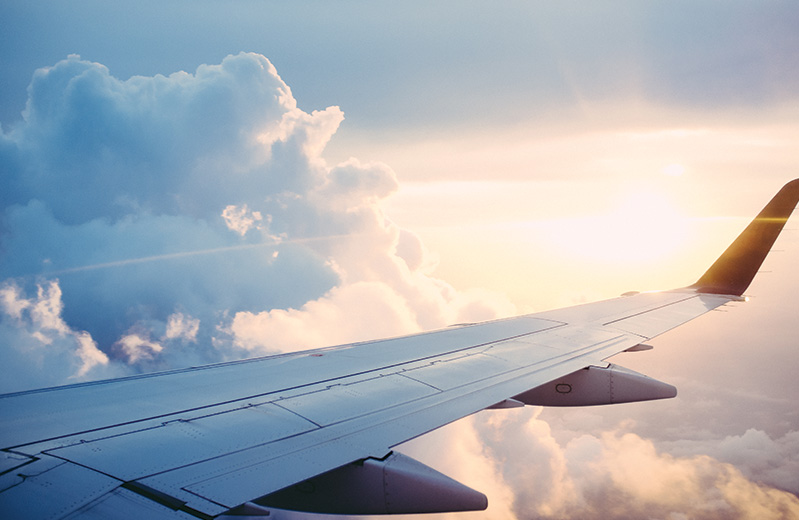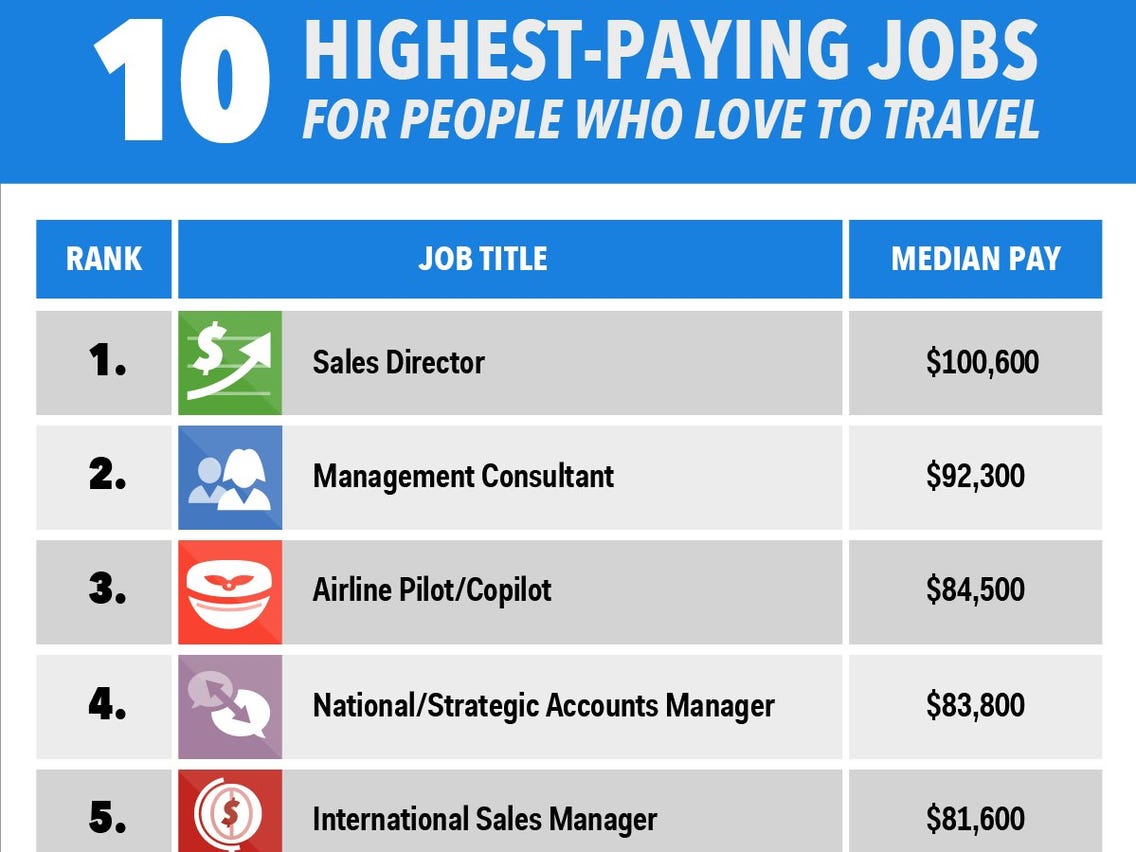
You need the right travel items, no matter whether you are on a business trip and/or vacation. These items will keep everyone on track and help make your trip more enjoyable. It's also a good idea to consider bringing along a few extra items for yourself to enjoy.
A small, compact travel wallet is a great way of staying organized. You can find this item in many designs, from minimalist RFID to high tech, and you'll be able to fit all of your cards, cash, and passport in the proper place. You can also choose a folding bluetooth keyboard, which is compact and lightweight. A folding pill organizer is also available, which can be used to keep medicines and vitamins in order when you're on-the-go.
Traveling can be stressful, especially if you're doing it for work. Compression socks are a great idea for long flights. They will prevent your feet from swelling. You don't want to miss out on a pair of pillows for travel that will keep you comfortable throughout your flight.
Use an eco-friendly sanitizer to clean and disinfect your belongings when you're on the go. This handy tool can be used at work or at home. You should also have a TSA-approved liquid container to take with you when traveling.

A good flashlight is another great item for travel. Although many prefer over-the-ear headphones, you will need to select wisely if space is limited.
An iClever Bluetooth keyboard is a good choice for business travelers. The keyboard is lightweight and has a great touchpad to make typing simple. One can be carried around to avoid having to stop to charge your tablet/laptop.
A portable ringlight is a great gadget for travelers. This ring light can be easily carried around in your bag or pocket and used with your phone or laptop for video calls. Finally, a folding travel toothbrush is essential.
Other cool accessories for travel include a straw that can be reused, which is great for reducing waste. If you plan to travel for any length of duration, a portable water bottle is a great option. A travel essential is the eye mask.
You'll be ready for any adventure if you invest in high-quality travel accessories. It will make your journey easier by organizing all of your essentials. It's a good idea to bring along a playlist.

Rainleaf Microfiber Towels are a must-have for anyone who loves camping. It's fast-drying, small, and perfect for backpacking or beach trips.
If you plan to travel as a digital nomad, it is important that you have the most basic essentials. In addition to a good tablet and smartphone, there's a lot to consider when it comes to your health and productivity on the road. The Skin Cancer Foundation highly recommends sunscreen.
FAQ
How much does it take to become a digital nomadic? What is the minimum time you have to travel before you can be called a digital nomad.
There are many ways that digital nomadism could be described. There are many ways to define digital nomadism. Some people refer to freelancers, entrepreneurs and independent contractors as digital nomads. Others say it is a broad term that includes travelers, ex-pats, ex-pats, and others who move often but have their main residence within one city or country.
But, there are some who use the term to specifically refer to people who go online to find a job. They can live anywhere from six months to two years. Do something online to become a digital nomad. It's not enough to just travel somewhere else.
Some digital nomads have enough income that they can live on their own and not need to look for work. However, others make less than $10,000 per year.
According to Nomad List, the average monthly salary for a digital nomad is around $3,500.
A digital nomad is someone who travels for work and has no fixed time frame. Most people think that anyone who travels for work is already in this category. But even if you only work part-time, you could still qualify.
According to NomadList the average stay time for digital nomads ranges from 3 to 6 months. That means that you'll need to travel at minimum twice during that time.
Digital nomads are able to work from home and save rent. Plus, they get to avoid commuting costs.
As you can see, it isn't possible for everyone in the world to travel digitally. It takes some planning and discipline. You will need to be able to spend a lot of your time.
Here are some things to keep in mind if you're thinking of becoming a digital nomadic.
-
How much time are you willing to spend on your job?
-
What type of work will it be?
-
Which location will you be located?
-
Will you be required to relocate frequently?
-
Are you looking for savings?
-
Do you feel willing to give up certain aspects of your life, such as relationships?
-
Are you able and able to quit your current job.
-
What do you want to do when you retire from work?
-
Are there any obstacles that prevent you from taking the leap?
-
Are you a digital nomad and have questions?
-
How would you describe your lifestyle?
-
Would you recommend the book to anyone?
-
What are your tips for digital nomads new?
-
What advice would you give anyone thinking about becoming a digital nomad?
How to find cheap flights to Asia?
Skyscanner.com is a great place to save on airfares. Search hundreds of airlines to compare prices across different websites.
Once you find the flight you wish to book, click "book" then fill in all required information. Then wait until your ticket arrives in the mail.
Remember, you don't need to buy your ticket immediately. Tickets can sell out quickly. You can always cancel your ticket later.
Which countries are popular among digital nomads?
Nomadic Matt says India has the largest number of digital nomads. More than 1.5 million people live there.
This is not surprising, as the country has some of the best internet connections around. It's also easy to connect with family and friends via WhatsApp.
According to Nomadic Matt, other top destinations include Australia, Canada, France, Germany, Italy, Spain, the UK, and Switzerland. These countries offer affordable accommodation and good weather. They also have a high standard of living.
If you're looking to move abroad, here are five ideal countries:
-
Argentina - It is safe and cheap.
-
Chile – It is beautiful and safe.
-
Costa Rica is safe, friendly and affordable.
-
Ecuador – It's safe.
-
Mexico - It is safe, affordable and close to the US Border.
What's the Best Way to Travel and Work Abroad?
The best way to live a life of travel and work from abroad is not always clear. It differs depending on your goals, skills, personality, interests, financial situation, family, friends, location, etc. However, there are certain things that can help you to create this lifestyle. These are:
-
Remote Working
-
Living in an Airbnb, or similar accommodation
-
The choice between not owning a car or having no car
-
Being Self Employed
-
Spend less on your travels
These will be covered in detail.
Which country is the best place for digital nomads to live?
If you look at the world today, there are three major hubs for digital nomadism. These are India, Thailand, and Brazil. All of these countries are very similar in terms of weather and culture. These countries differ in their cost of living and quality. Which one should you choose?
My ideal digital nomad destination is one that you can live comfortably and still work remotely. This means that you need to find a city with low prices, a relaxed lifestyle, and lots of adventure opportunities.
These cities are ideal for digital nomadism because they have low living costs and offer minimal distractions. Also, they are easy for you to escape.
You have the freedom to explore these locations and seek out new adventures. There are plenty of cheap flights and accommodation options in these areas.
These are great places for people to network and make friends. You have more time to interact with people when you work remotely.
These are my recommendations:
-
Go to India.
-
Visit Thailand.
-
Go to Brazil.
How can I stay safe as a digital nomad?
Online is where you can meet your most friends and associates, so you won't stop living in the real world. You won't live entirely online, however, if you are a digital nomad. How do you balance traveling while staying safe?
For starters, you need to make sure you keep your computer virus-free. This means that you must install the latest Windows and Mac OS X updates and keep them up to date.
You also need to ensure your software is running the latest version. Make sure it's up to date if it isn’t. If cloud services like Dropbox, iCloud or Box aren't working correctly, you could be locked out your files.
A VPN (virtual private network) service protects your internet connection while you're away from home. Check with your ISP to see if you are eligible.
A VPN protects your privacy and makes it difficult for hackers to access your personal data. You can download a VPN application to your mobile phone to connect to public WiFi networks.
Also, make sure your phone is always charged. If you lose your wallet or passport, having access to your contact details could save you hours of wasted time trying to track someone down.
Where do digital nomad's usually eat?
A digital nomad is someone who travels to work or pleasure and has no permanent ties. It was coined by Tim Ferriss, an American author who moved to Thailand in 1999. He called himself an anti-corporate crusader.
Digital nomads are now more common than ever. According to Nomadic Matt, there are currently 11 million active digital nomads worldwide.
On average, a person travels for between $1,000 and $2,500 per year. This is why digital nomads tend to avoid cities like New York City, Los Angeles and San Francisco. They go to places that offer cheap food.
You can find digital nomads eating out anywhere, from hostels to cafes to restaurants. Nomadic Matt suggests that coffee shops are the best places to meet them, as they spend much of their time talking and sitting.
Asking locals to recommend these places is key. Look online for reviews, photos, and videos if you don’t understand the language. Ask other travelers what they paid for their meals. You can then choose a similar restaurant to yours. For example, if you pay $10 for lunch in Paris, then try to find something with similar prices in Rome.
Apps such as Yelp or TripAdvisor are another great way to locate these places. Google Maps can be used to search for specific places.
Statistics
- According to Statistica Research Department, the number of digital nomads is increasing every day, with more than 15.5 million digital nomads in 2021. (gooverseas.com)
- Being a nomadic entrepreneur means living life 100% on your terms. (worldpackers.com)
- They also offer trip cancellation insurance that covers up to 100% of the trip cost. (travelinglifestyle.net)
- LifeStraw makes ones that remove 99.9% of bacteria and parasites, keeping you safe as you travel the world. (nomadicmatt.com)
- The fees range from 5% to 20%, depending on how much you make working for a specific client. (travelinglifestyle.net)
External Links
How To
How to get free WiFi all around the world
You won't find free WiFi everywhere, but plenty of hotspots are available. These are some locations where you can get free internet access:
-
Starbucks offers Wi-Fi free of charge at all locations. Look for the "WiFi" sign near the cash register.
-
Airports often offer Wi-Fi for free. Many airports also provide charging stations for laptops.
-
Some hotels offer free Wi-Fi. Look for signs near the front desk advertising their free service.
-
Many public libraries offer Internet access free of charge. Just show your library card to gain access.
-
Many restaurants now offer Wi-Fi for free. Ask for the password at check-in.
-
Wi-Fi is often free on trains. Enter the train station's name into Google Maps and click search.
-
Many universities now offer free wireless connectivity. Look out for the icon labeled "Wireless" on the network icons.
-
Although it may not sound like a place where you can get free Internet access, many zoos offer this perk. You will find the logo for free Wi Fi.
-
Visitors are almost always offered free Wi-Fi in museums. Look for an information booth or kiosk outside the museum entrance.
-
Trade shows and conventions often provide free Wi-Fi during business hours. Look for signs advertising the event's Wi-Fi availability.
-
Many churches offer free internet access to their members. Find a notice inside the church.
-
Sometimes gas stations offer Wi Fi at no charge to customers. You will find the "Free Wi-Fi” sign near the pumps.
Additionally, here are five tips for getting connected:
-
Avoid public areas. Public Wi Fi networks are often password-protected, and require payment. You can connect to a private network if you absolutely must.
-
Use a VPN app. VPNs encrypt internet traffic and allow users to access their favorite sites without fear of surveillance. They're especially useful when connecting to public hotspots because they hide your location.
-
Always look out for unsecure connections. Anyone can join unsecured networks. Unsecured networks are more difficult to join than secured networks. They aren't as secure, however, as encrypted networks.
-
Join a community. Some communities offer free Internet access at local coffee shops, libraries, hotels, and other venues.
-
Bring your own device. Most airports offer free WIFI, so bring your laptop or tablet to avoid roaming charges.